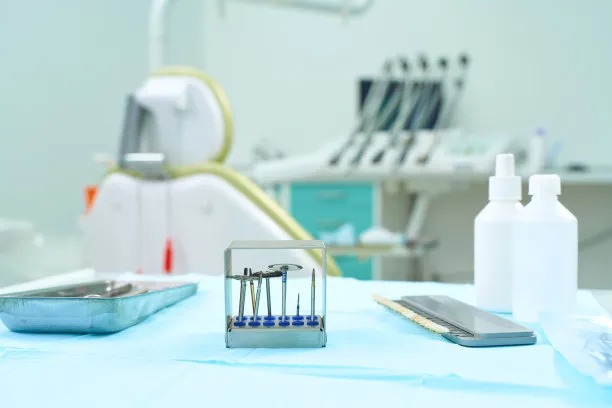The Essential Guide to Safely Extracting a Tooth at Home and When to Seek Professional Help
Summary: Extracting a tooth at home may seem like a feasible option in certain situations, especially when seeking immediate relief from pain or discomfort. However, it is crucial to approach this task with caution and awareness of potential risks. This guide shares essential steps to safely extract a tooth at home, emphasizing the importance of preparation, technique, and aftercare. Additionally, we’ll address key signs that indicate when it’s necessary to seek professional dental assistance. Understanding these critical aspects will enable you to make informed decisions regarding dental emergencies, balancing between self-care and professional help.
1. Understanding the Reasons for Tooth Extraction

Tooth extraction is typically indicated in several scenarios, such as severe tooth decay, overcrowding, or impacted teeth. For example, if a tooth is badly decayed beyond repair, trying to save it may cause more pain and introduce complications. Impacted wisdom teeth can also cause discomfort and necessitate extraction due to their inability to properly erupt through the gums.
Another common reason for tooth extraction is periodontal disease. This condition affects the supporting structures of the tooth and can lead to mobility. If a tooth is loose, it may need to be extracted to prevent further dental issues and infections.
Understanding the reason behind the extraction is crucial, as it influences the decision of whether a home extraction may be appropriate or if the situation warrants professional help. Evaluating your circumstances and symptoms will guide your next steps effectively.
2. Preparing for a Home Tooth Extraction
Before proceeding with a home tooth extraction, thorough preparation is essential to ensure the safety and effectiveness of the process. Start by gathering the necessary tools: sterile gloves, dental floss, a pair of pliers or a tooth extraction kit, antiseptic mouthwash, and gauze. Ensuring that all tools are clean and well-prepared minimizes the risk of infection.
Next, it’s important to calm your nerves and mentally prepare for the extraction. Anxiety can exacerbate the pain perception and make the extraction process more challenging. Additionally, have a friend or family member assist you during the procedure to help support and comfort you throughout the process.
Choosing the right time for the extraction is also vital. It’s preferable to schedule the extraction during a time when you can have peace and quiet afterward to recover. Avoid days that are overly busy or demanding to allow for a smoother healing process.
3. Steps to Safely Extract a Tooth at Home
Once you’re prepared, proceed with the extraction process cautiously. Start by rinsing your mouth with an antiseptic mouthwash to clean the area around the tooth. This helps to eliminate bacteria and reduces the chances of infection before the extraction.
Next, use dental floss to loosen the tooth gently. This technique can help detach the tooth from the surrounding gums without applying excessive force. After loosening, grip the tooth with clean pliers or the extraction tool, wiggling it back and forth gently until it loosens further.
When you feel enough movement in the tooth, gently pull it out with a swift motion while maintaining a steady grip. After extraction, apply gauze to the area to control any bleeding and help form a blood clot. Resting for a while and keeping your head elevated can aid in the healing process.
4. Recognizing When to Seek Professional Help
While some tooth extractions can be safely performed at home, its critical to recognize the signs that indicate professional help is necessary. If you experience severe pain that is beyond manageable, it may suggest that there are complications involved, like an infection or a broken tooth fragment.
Uncontrollable bleeding, or bleeding that persists beyond 20 minutes, is another key indicator that you should seek immediate dental assistance. It’s important to ensure that any open wound is properly treated to prevent further complications.
Lastly, if you notice swelling or fever following the extraction, these symptoms may signal an infection. In this instance, professional evaluation and intervention are essential to address the underlying issues and receive appropriate treatment.
Summary:
In conclusion, while tooth extraction at home is an option in specific situations, it is essential to approach the process carefully, doing thorough preparation and understanding the signs for when to involve a professional. Knowing when to act and when to seek help can make all the difference in your oral health journey.
This article is compiled by Vickong Dental and the content is for reference only.



